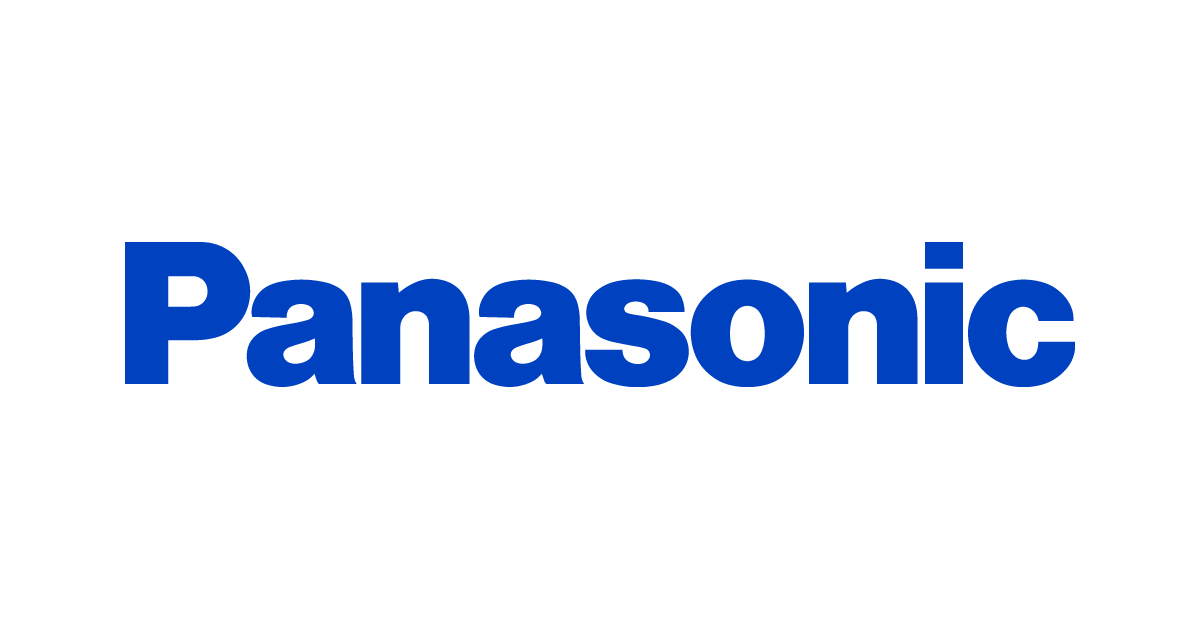The Future of Automation: Insights from Smart Factory + Automation World 2025
March 19, 2025, 4:05 pm

Location: United States, California, San Francisco
Employees: 10001+
Founded date: 1938
Total raised: $6.4B
In the bustling heart of Seoul, the Smart Factory + Automation World 2025 (AW 2025) has set the stage for the future of manufacturing. This trade show, a titan in the realm of automation, drew in a staggering 70,000 visitors and showcased innovations from 500 companies across 22 countries. The numbers tell a compelling story: a 10% increase in exhibitors and a 15% rise in visitors compared to the previous year. This is not just growth; it’s a revolution.
The event, held from March 12 to 14 at COEX, was a melting pot of ideas and technologies. Under the theme "Automation to Autonomy," the exhibition highlighted the shift towards AI-driven manufacturing. It was a glimpse into a world where machines think, learn, and adapt. The air buzzed with excitement as attendees explored 2,200 booths filled with cutting-edge solutions.
One of the standout moments was the debut of "Stretch," a logistics robot from Boston Dynamics. This machine, capable of handling boxes up to 23 kg, performed real-time depalletizing tasks, captivating the audience. It was a testament to how far robotics have come. The future is not just automated; it’s intelligent.
Hyundai AutoEver introduced its AI-driven Software-Defined Factory (SDF) solution, "NeoFactory." This innovation allows for a seamless integration of AI into manufacturing processes. Visitors experienced firsthand the capabilities of collaborative robots and Automated Guided Vehicles (AGVs) in the Factory Demonstration Zone. It was a live-action display of what tomorrow’s factories will look like.
Sustainability was also a key theme. Schneider Electric celebrated its 50th anniversary in Korea by unveiling next-generation smart manufacturing solutions. Their focus on high-mix, high-volume production systems reflects a growing demand for sustainable practices in manufacturing. The message was clear: innovation and sustainability can go hand in hand.
U.S.-based Rockwell Automation showcased the "OTTO 100," an autonomous mobile robot designed to optimize factory logistics. This compact powerhouse drew significant attention, proving that size doesn’t always dictate capability. The future of logistics is here, and it’s mobile.
The exhibition wasn’t just about showcasing products; it was a hub for business opportunities. The Overseas Buyer Export Consultation Meetings facilitated 317 consultations, resulting in an estimated USD 106 million in export agreements. Major players like Telkomsel and Panasonic Indonesia were present, underscoring the global interest in automation technologies.
A new initiative, the "AW Open Innovation Round," provided a platform for startups to connect with larger enterprises. Six innovative startups, including Movic Lab and MyLink, received positive feedback from industry leaders. This initiative fosters collaboration and investment, paving the way for the next wave of technological advancements.
The CEO of Movic Lab noted that over 30 major corporations sought technology validation during the event. This kind of engagement highlights the importance of innovation in today’s manufacturing landscape. The synergy between startups and established companies can lead to groundbreaking solutions.
As the event wrapped up, the message was clear: the manufacturing paradigm is shifting. The integration of AI and robotics is not a distant dream; it’s happening now. The next edition of Smart Factory + Automation World is already on the horizon, scheduled for March 4 to 6, 2026. The anticipation is palpable.
In a world where efficiency and innovation reign supreme, the Smart Factory + Automation World 2025 has set a high bar. It’s a reminder that the future of manufacturing is not just about machines; it’s about creating a collaborative ecosystem where technology and human ingenuity thrive together.
The landscape of manufacturing is changing rapidly. As we move towards a more automated future, the importance of adaptability and innovation cannot be overstated. Companies that embrace these changes will not only survive but thrive in this new era.
In conclusion, the Smart Factory + Automation World 2025 was more than just an exhibition; it was a glimpse into the future. A future where factories are smart, efficient, and sustainable. A future where technology enhances human capabilities rather than replaces them. The journey has just begun, and the possibilities are endless.
The event, held from March 12 to 14 at COEX, was a melting pot of ideas and technologies. Under the theme "Automation to Autonomy," the exhibition highlighted the shift towards AI-driven manufacturing. It was a glimpse into a world where machines think, learn, and adapt. The air buzzed with excitement as attendees explored 2,200 booths filled with cutting-edge solutions.
One of the standout moments was the debut of "Stretch," a logistics robot from Boston Dynamics. This machine, capable of handling boxes up to 23 kg, performed real-time depalletizing tasks, captivating the audience. It was a testament to how far robotics have come. The future is not just automated; it’s intelligent.
Hyundai AutoEver introduced its AI-driven Software-Defined Factory (SDF) solution, "NeoFactory." This innovation allows for a seamless integration of AI into manufacturing processes. Visitors experienced firsthand the capabilities of collaborative robots and Automated Guided Vehicles (AGVs) in the Factory Demonstration Zone. It was a live-action display of what tomorrow’s factories will look like.
Sustainability was also a key theme. Schneider Electric celebrated its 50th anniversary in Korea by unveiling next-generation smart manufacturing solutions. Their focus on high-mix, high-volume production systems reflects a growing demand for sustainable practices in manufacturing. The message was clear: innovation and sustainability can go hand in hand.
U.S.-based Rockwell Automation showcased the "OTTO 100," an autonomous mobile robot designed to optimize factory logistics. This compact powerhouse drew significant attention, proving that size doesn’t always dictate capability. The future of logistics is here, and it’s mobile.
The exhibition wasn’t just about showcasing products; it was a hub for business opportunities. The Overseas Buyer Export Consultation Meetings facilitated 317 consultations, resulting in an estimated USD 106 million in export agreements. Major players like Telkomsel and Panasonic Indonesia were present, underscoring the global interest in automation technologies.
A new initiative, the "AW Open Innovation Round," provided a platform for startups to connect with larger enterprises. Six innovative startups, including Movic Lab and MyLink, received positive feedback from industry leaders. This initiative fosters collaboration and investment, paving the way for the next wave of technological advancements.
The CEO of Movic Lab noted that over 30 major corporations sought technology validation during the event. This kind of engagement highlights the importance of innovation in today’s manufacturing landscape. The synergy between startups and established companies can lead to groundbreaking solutions.
As the event wrapped up, the message was clear: the manufacturing paradigm is shifting. The integration of AI and robotics is not a distant dream; it’s happening now. The next edition of Smart Factory + Automation World is already on the horizon, scheduled for March 4 to 6, 2026. The anticipation is palpable.
In a world where efficiency and innovation reign supreme, the Smart Factory + Automation World 2025 has set a high bar. It’s a reminder that the future of manufacturing is not just about machines; it’s about creating a collaborative ecosystem where technology and human ingenuity thrive together.
The landscape of manufacturing is changing rapidly. As we move towards a more automated future, the importance of adaptability and innovation cannot be overstated. Companies that embrace these changes will not only survive but thrive in this new era.
In conclusion, the Smart Factory + Automation World 2025 was more than just an exhibition; it was a glimpse into the future. A future where factories are smart, efficient, and sustainable. A future where technology enhances human capabilities rather than replaces them. The journey has just begun, and the possibilities are endless.
